Sandwiched between the horror and disarray of the two World Wars, the Art Deco period, spanning the 1920s and 30s, was a glorious, golden time, where society chose to forget the austerity and conservatism of the past and turned sharply towards the decadent, the glamorous and the thoroughly modern.
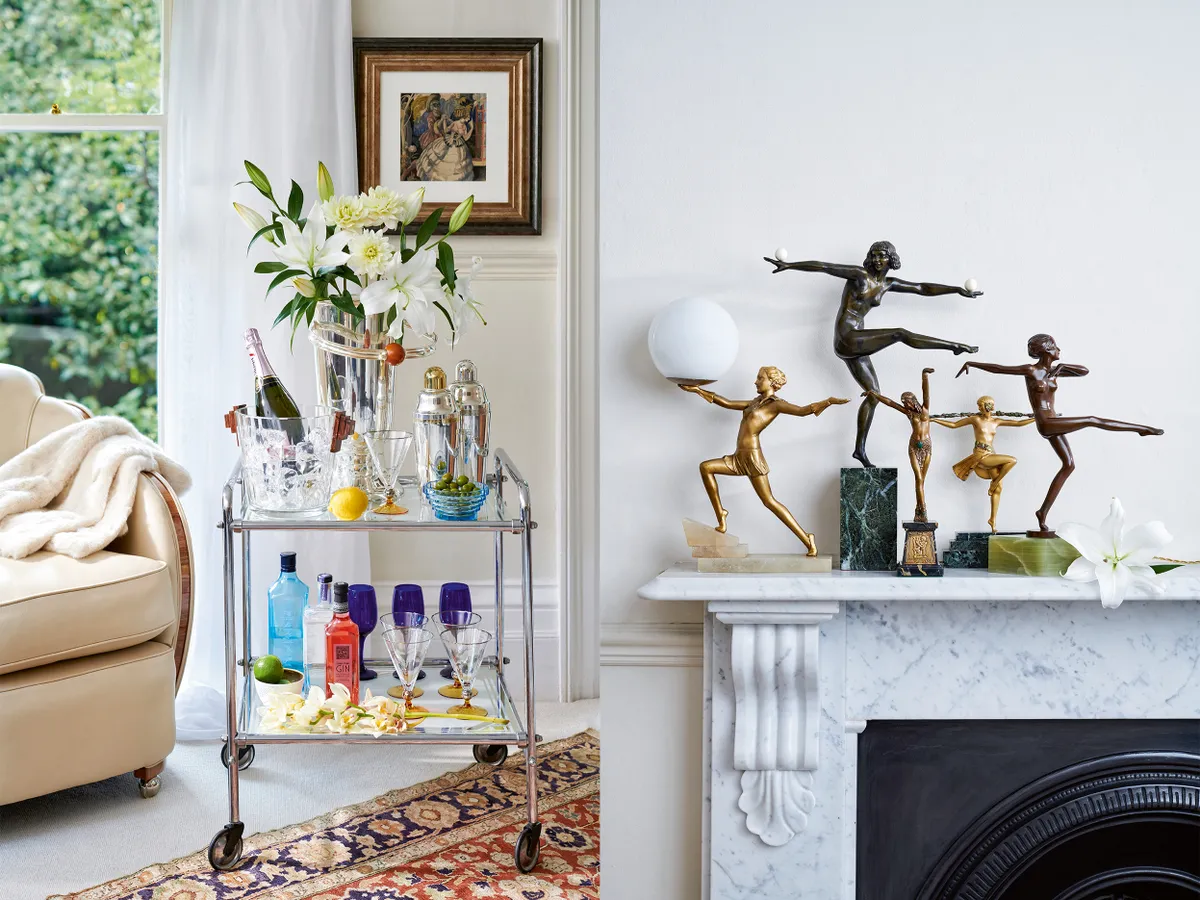
With a new consumer economy booming and a renewed sense of hope and aspiration in the air, the 1920s roared in on the bloodied coat tails of the First World War, bringing flappers, jazz and the rise of the silver screen alongside a bold, new aesthetic.
How did Art Deco get its name?
Taking its name from the 1925 Exposition Internationale des Arts Décoratifs et Industriels Modernes, a huge exhibition held in Paris and featuring all the key designers of the day, Art Deco quickly became a global movement – the first of its kind.
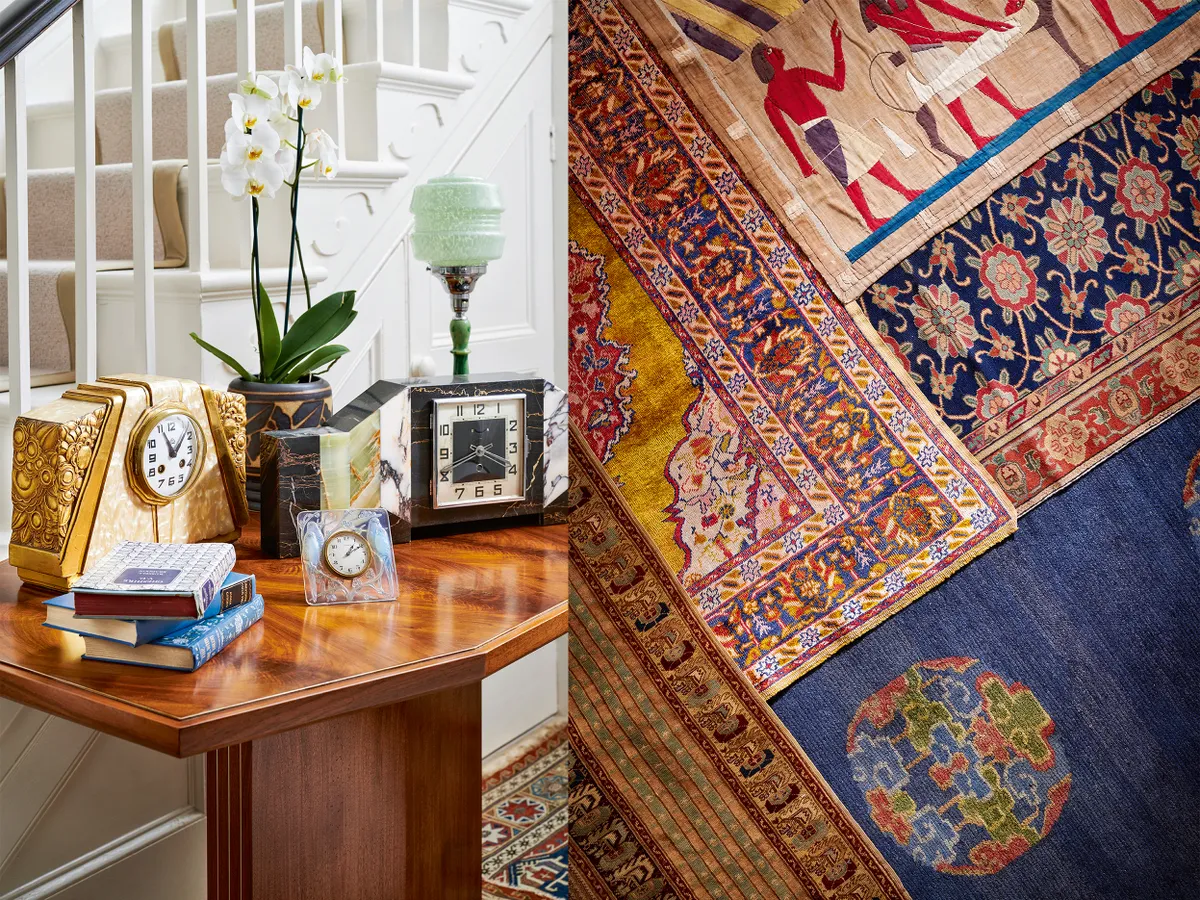
What are the hallmarks of Art Deco?
With its dynamic, streamlined forms, geometric patterning, and use of rare and striking materials such as ebony, tortoiseshell and jade, Art Deco was as distinctive as it was universal. The look included not just furniture and architecture, but also mirrors, lamps, barware, wallpaper, tiles, rugs and bronzes.
Unsurprisingly, authentic pieces are in huge demand today.
The pieces still have a contemporary feel about them, bridging a gap between the antique and the modern. They are a great look for today’s home.
Jeroen Markies
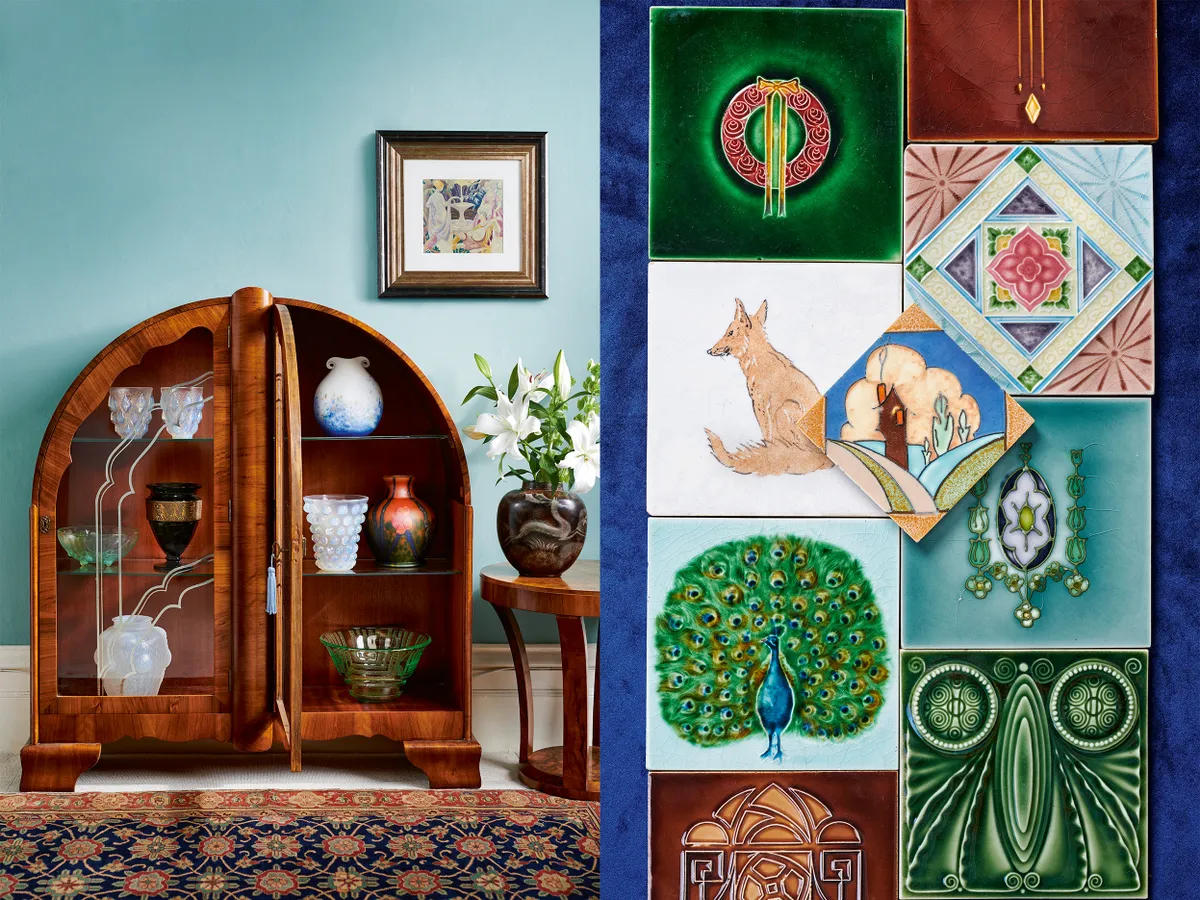
While there is no doubt that Art Deco exudes a sense of the avant-garde and an enthusiasm for advances in technology, engineering and motion, many of its stylistic influences are rooted in the past and include touches of the ancient and the foreign, with Egyptian, Aztec and African motifs all leaving their mark. The combination of the modern with the exotic is one of the reasons that Art Deco is so distinctive.
This is the first time that something totally new and fresh came on to the market and that’s what makes it so exciting today.
Jeroen Markies
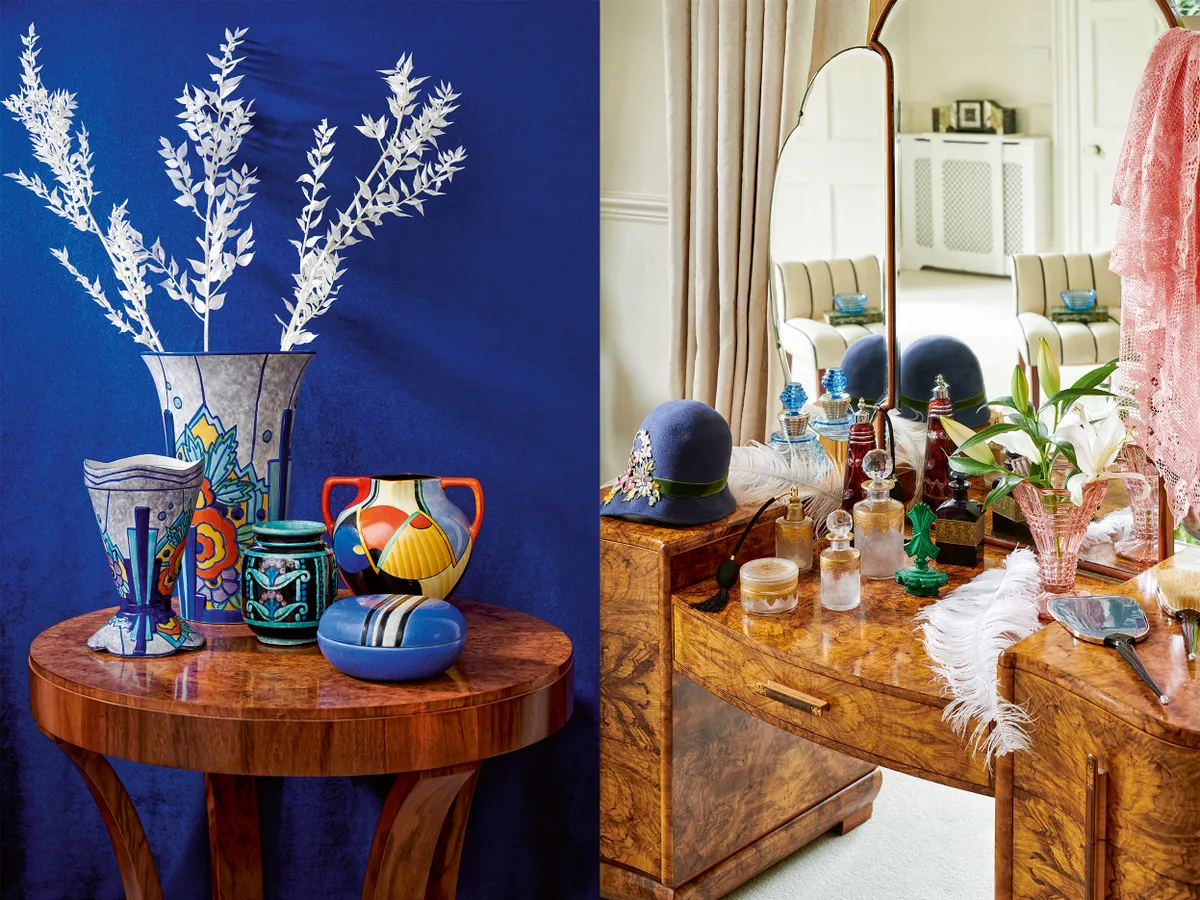
How much does an Art Deco piece cost?
Although original French pieces by some of the most notable designers such as Émile-Jacques Ruhlmann or René Lalique can exceed hundreds of thousands of pounds, pieces from the English Art Deco stable are far more affordable. Chairs and tables by distinguished names such as the Epstein brothers and Hille can fetch between £2,000 and £3,000 at auction. Smaller items like mirrors or lamps can be bought today for as little as £200-£300. This is a reflection of the movement’s shift into the 1930s, when mass production ensured that objects could be made in much greater quantities at a lower cost.
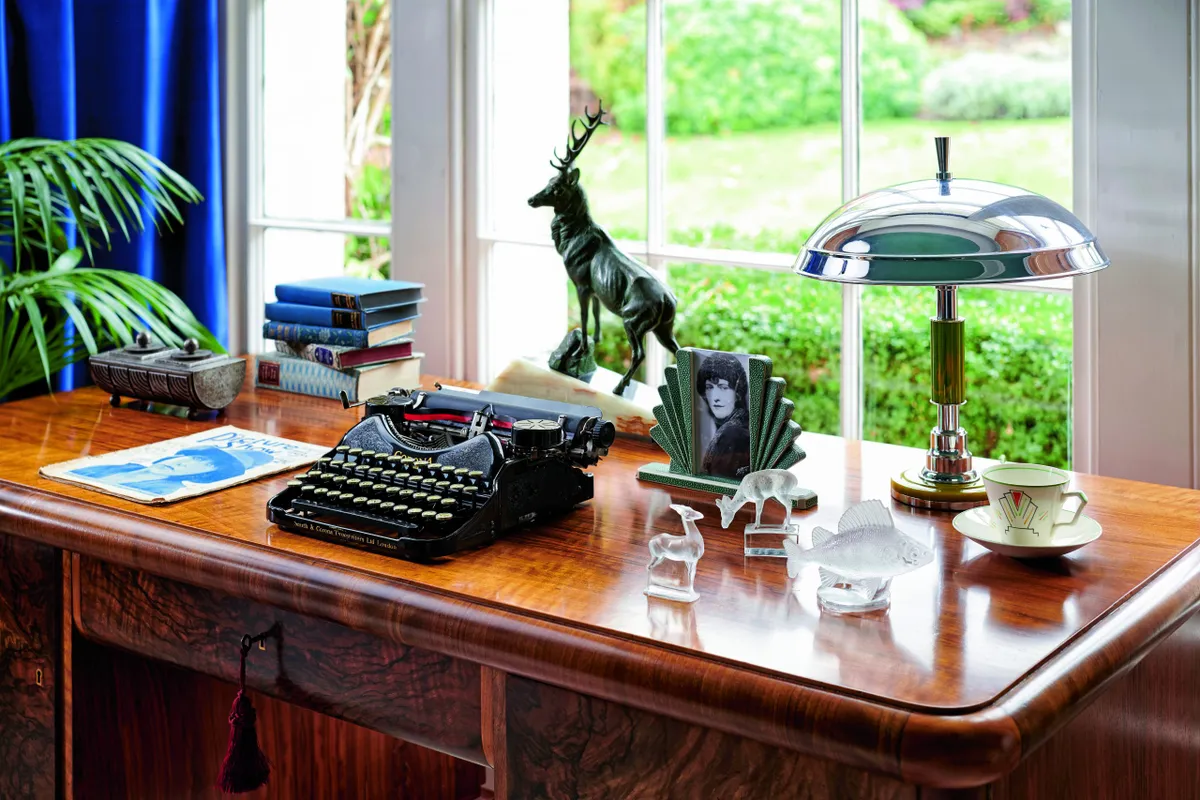
But what we really love about this remarkable look is the sense of glamour and elegance that it evokes. When we see a beautifully curved, walnut cocktail cabinet or a sleek, angular lamp, we are able to picture ourselves in that drawing room, at that party, during a time when pleasure and enjoyment were fundamental antidotes.
There is a growing nostalgia for Deco. The 1920s and 30s seemed to be a lot more fun with all the parties and the cocktails. Why not own a piece of that?
Jeroen Markies
Where to Buy
Matthew Foster Art Deco Gallery London